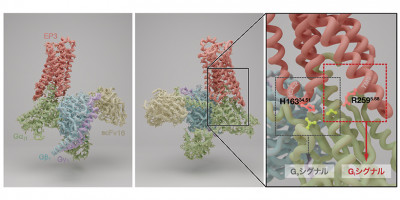2022-09-15 カナダ・ブリティッシュコロンビア大学(URC)
UBCの新しい研究により、気温が高くなると蝶が小さくなり、花粉を集める量や訪れる花の数が少なくなることが明らかになった。
研究室で蝶をさまざまな温度で育て、温度が高いほど蝶が小さくなることを発見しました。さらに、特殊な装置を用いて、小さな蝶は大きな蝶に比べて翅が小さいため、飛距離や速度が出ないことを突き止めました。
野生の蝶を100匹採集し、大きさと顔に付着した花粉の量を測定した。その結果、実験室で育てた蝶と同じ大きさの蝶は、花粉の蓄積量が少なく、訪れる植物も少なかった。
<関連情報>
- https://news.ubc.ca/2022/09/15/warmer-earth-could-see-smaller-butterflies-that-struggle-to-fly-affecting-food-systems/
- https://resjournals.onlinelibrary.wiley.com/doi/abs/10.1111/een.13177
発育温度が予測する広域性チョウの体長、飛翔、花粉蓄積量 Developmental temperature predicts body size, flight, and pollen load in a widespread butterfly
Erez Büyükyilmaz,Michelle Tseng
Ecological Entomology Published: 17 June 2022
DOI:https://doi.org/10.1111/een.13177
Abstract
- Most of our understanding of the effects of climate warming on insect body size comes from laboratory experiments. Whether these studies predict patterns in nature is largely unknown.
- Here we examine the relevance of laboratory warming experiments for wild populations of the butterfly Pieris rapae. We tested two predictions: (i) butterflies reared at warmer temperatures in the laboratory should attain smaller adult sizes and have reduced flight ability, and (ii) in nature, this trait combination should lead to smaller butterflies visiting fewer flowers and accumulating less pollen.
- Overall, we found that warm-reared butterflies were indeed smaller and flew more slowly compared to colder-reared conspecifics. Additionally, wild-caught small butterflies carried fewer, and a lower diversity of pollen grains compared to larger butterflies.
- Our warming experiments thus largely predicted pollen collection patterns in wild P. rapae.
- This study demonstrates that increased temperatures will likely have important consequences for butterfly-plant interactions in nature.



